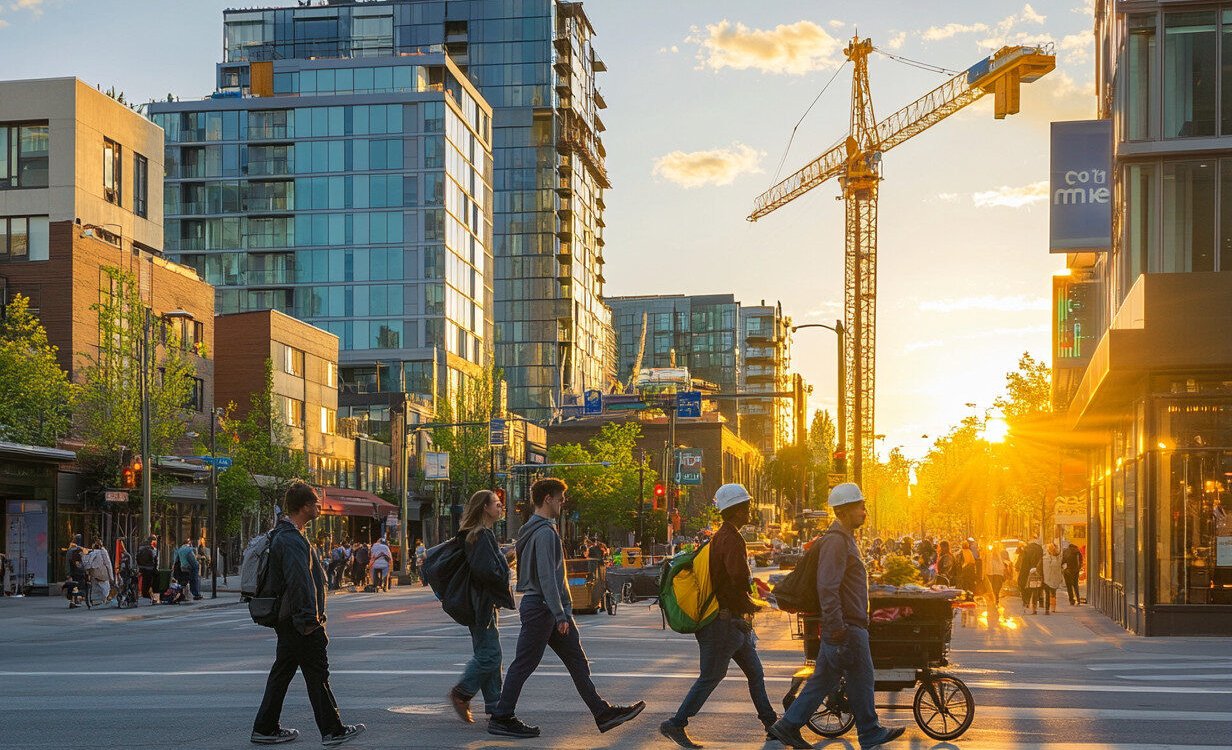How Is an Economy Formed and Why Does It Grow?
Economies show how people make, share, and use goods and services. A country’s growth depends on its location, resources, and government rules. The United States and China have unique economic paths. This guide introduces main ideas like gross domestic product (GDP) and how goods or money move through an economy.
What Is an Economy?
An economy is a system where people, businesses, and governments work together to produce, distribute, and use goods and services. This system answers basic questions about what to produce, how to do it, and who receives it. Balancing labor and technology helps meet demand without overspending. Good distribution ensures products reach people when and where needed.
Components of an Economy
- Resource Allocation: Smart use of resources reduces waste and benefits everyone.
- Consumption: Shows how people buy and use goods, revealing economic trends.
- Financial Decisions: Government and bank choices steer growth and stability.
- Supporting Systems: Roads, rules, and institutions help businesses operate smoothly.
Together, these parts create a connected system for production, trade, and growth.
Economic Systems
- Market Economies: Producers and buyers decide how to use resources based on supply and demand. The United States is an example, with strong competition driving innovation and efficiency.
- Command Economies: The government controls production and distribution. North Korea illustrates this system, which often has limited competition and lower efficiency.
- Mixed Economies: Combine market freedom with government rules. China and many European countries use this approach to balance growth and regulation.
Roles of Households, Businesses, and Governments
- Households: Create demand through purchases, shaping production and creating jobs.
- Businesses: Provide jobs, drive innovation, and boost GDP through efficient production.
- Governments: Use tools like interest rates and fiscal policies to maintain stability, manage inflation, and support continued growth.
Entrepreneurs, Investors, and Financial Institutions
Entrepreneurs launch new ideas and businesses. Investors supply funds to help businesses expand. Banks and financial groups move money, set loan rates, and support investments and purchases. Together, they encourage innovation and push economic growth forward.
Observing Economic Growth
- Identify Core Activities: Check local production, consumption, and distribution.
- Watch for Influencers: Be aware of people, policies, and institutions shaping the economy.
- Track Indicators: Monitor GDP, employment, consumer spending, and interest rates to measure health.
Summary Highlights
Understanding how economies form and grow shows how money, goods, and jobs impact everyday life. Learning the basics helps make informed financial choices and spot opportunities in the global market.
FAQs
How Does an Economy Start?
Simple trade and sharing begin the process. Over time, businesses form and trade groups develop, helping markets expand.
What Drives Economic Growth?
Innovation, higher productivity, population growth, and sound government policies fuel expansion.
Can Anyone Contribute to Growth?
Yes. By starting businesses, investing, or working, individuals help local and national economies thrive.
How to Tell If an Economy Is Healthy
Low unemployment, stable prices, and a rising GDP signal good health. High joblessness and unstable prices indicate problems.
Written by Ben Carlson Updated by Albert Fang
Source Citation References:
+ Inspo
There are no additional citations or references to note for this article at this time.
